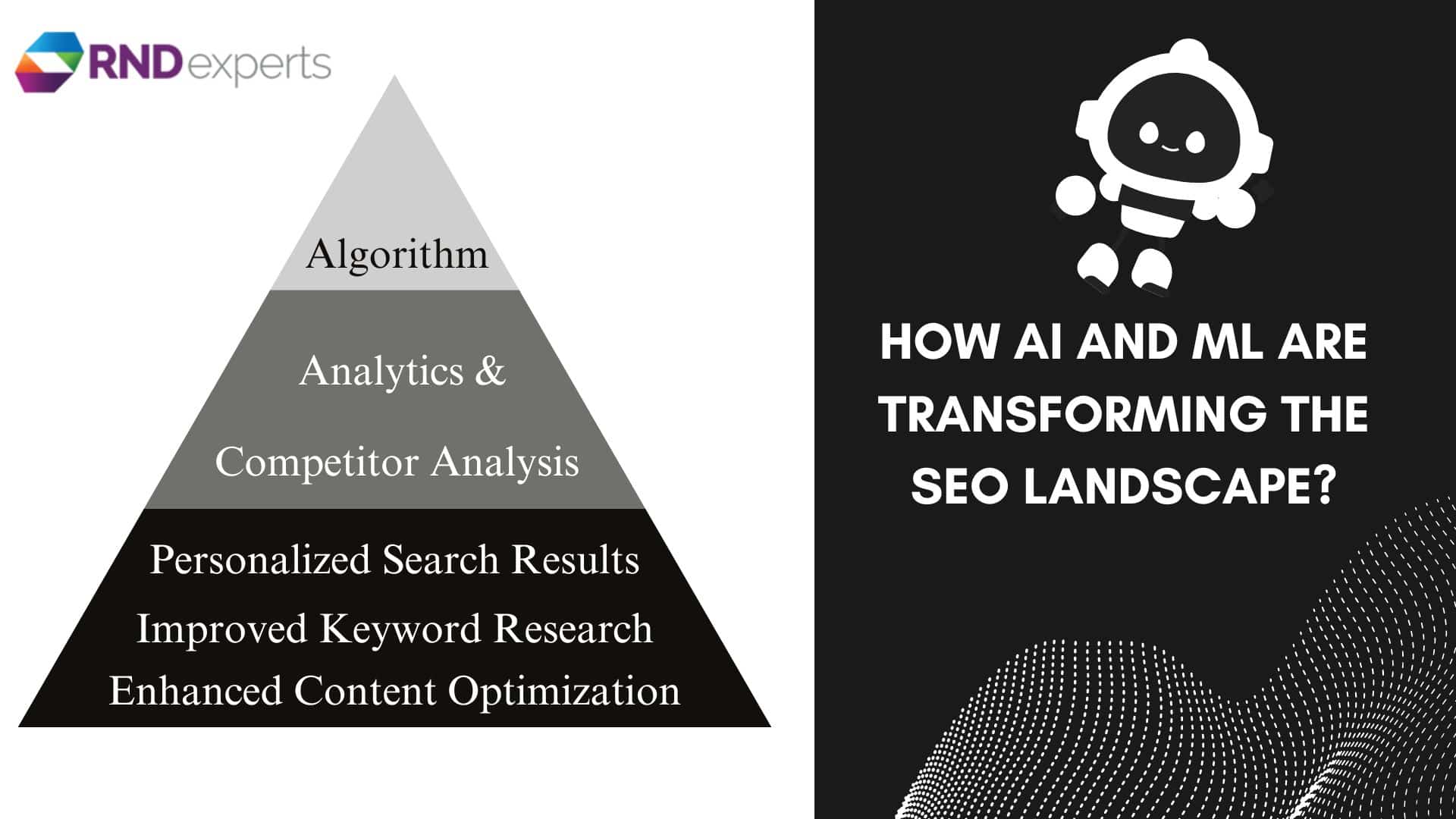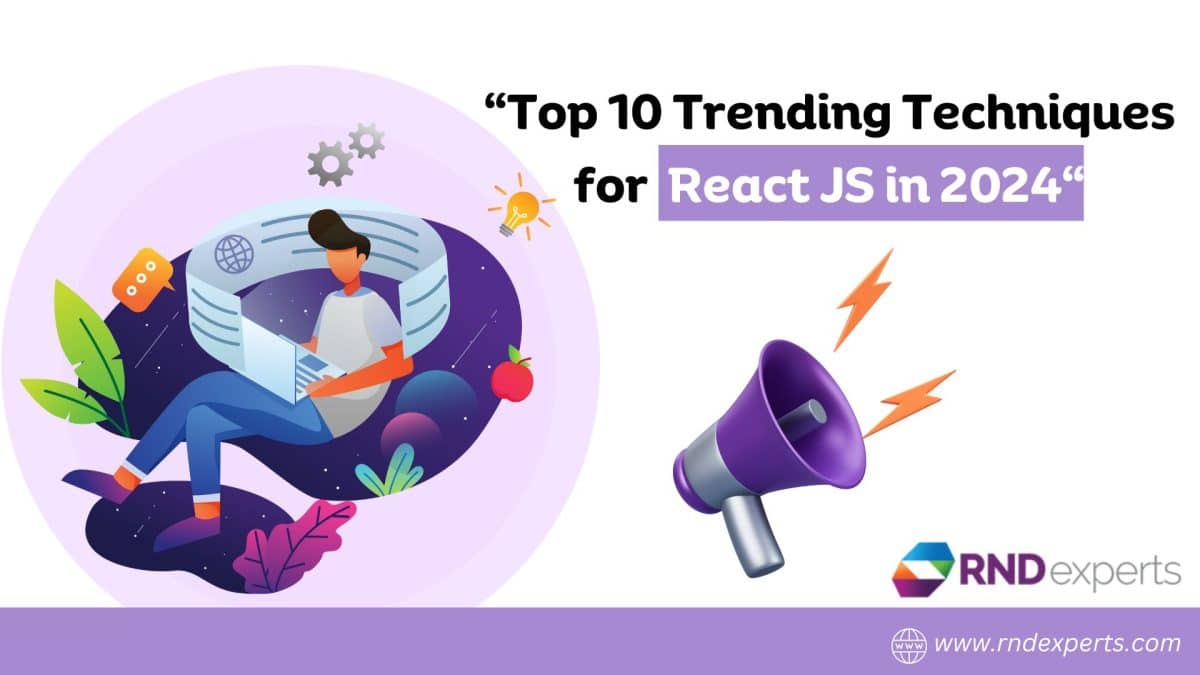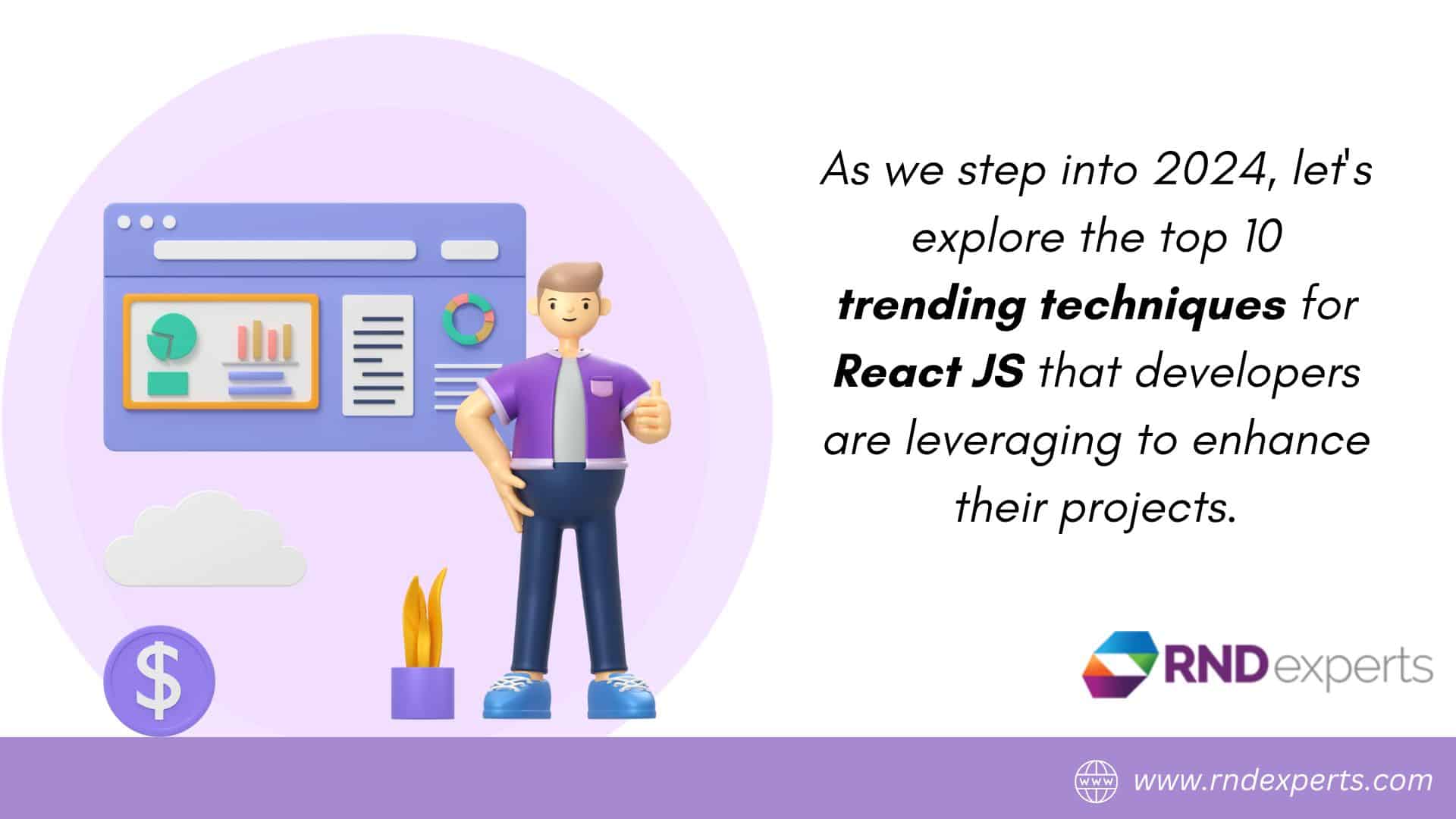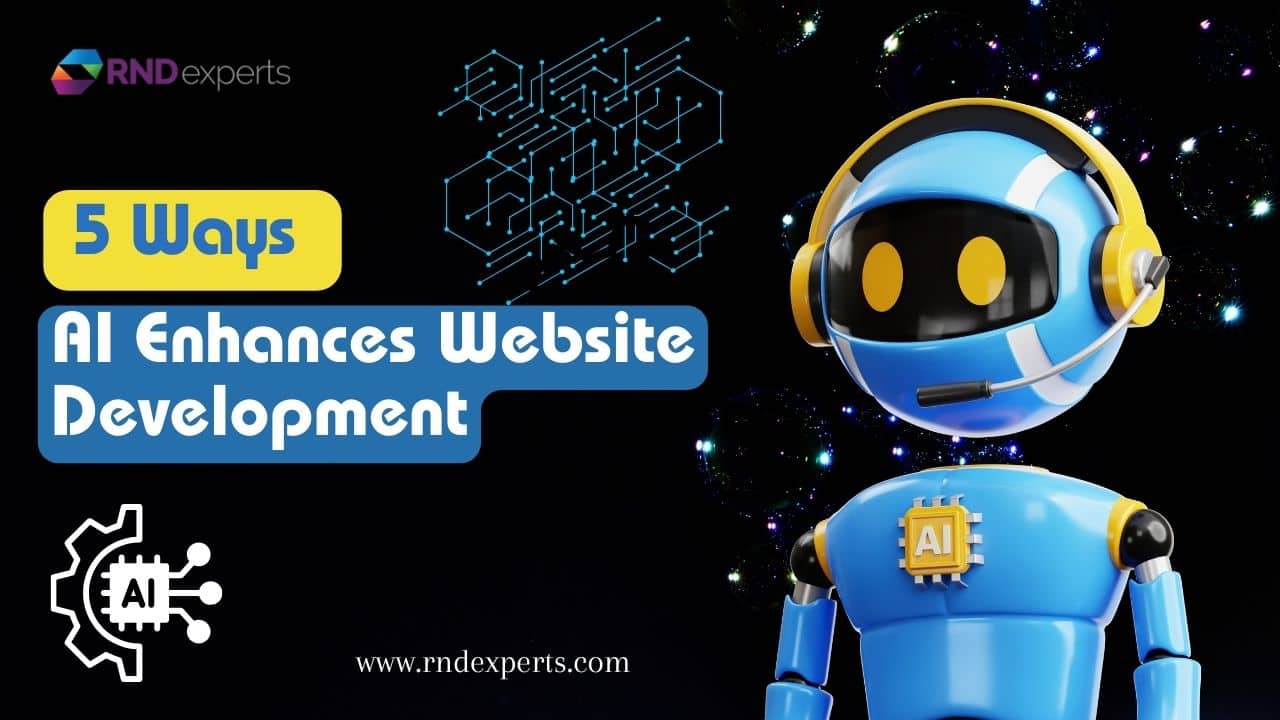In today’s digital era, the e-commerce landscape is evolving at an unprecedented pace. As more consumers shift towards online shopping, businesses are compelled to adapt and innovate to stay relevant in this competitive market. Amidst this transformation, Shopify Developers has emerged as a powerhouse platform, empowering enterprises of all sizes to establish and scale their online presence effectively. However, the success of any Shopify store hinges significantly on the expertise of skilled Shopify developers who play a pivotal role in shaping its future trajectory.
How to Become a Shopify Theme Developer?
Becoming a Shopify theme developer involves a combination of technical skills, design sensibility, and familiarity with the Shopify platform. Here’s a step-by-step guide on how to become one:
HTML (Hypertext Markup Language) and CSS (Cascading Style Sheets) are the foundational languages for web development. Mastering these will give you the ability to structure and style web pages effectively.
JavaScript is a programming language commonly used in web development to add interactivity and dynamic elements to websites. Understanding JavaScript will enable you to create more advanced features in your Shopify themes.
-
Familiarize Yourself with Liquid:
Liquid is Shopify’s templating language used to build dynamic content within Shopify themes. It’s essential to learn how to work with Liquid tags, filters, and variables to customize Shopify themes effectively.
-
Study Shopify’s Theme Development Documentation:
Shopify provides extensive documentation and guides for theme development on its website. Familiarize yourself with the Shopify Theme Kit, which allows you to develop themes locally and deploy them to Shopify stores.
-
Practice Building Themes:
Start by creating simple Shopify themes to get hands-on experience with the platform. Experiment with different layouts, styles, and features to understand how Shopify themes work.
Responsive design ensures that your Shopify themes look and function well on various devices and screen sizes. Learn how to create fluid layouts and use CSS media queries to optimize your themes for mobile devices.
The field of web development, including Shopify theme development, is constantly evolving. Stay updated with the latest trends, techniques, and updates in web development to enhance your skills continuously.
-
Join the Shopify Community:
Engage with the Shopify developer community through forums, online communities, and social media platforms. Participating in discussions and sharing your experiences can help you learn from others and stay connected with the latest developments in the Shopify ecosystem.
Build a portfolio showcasing your Shopify theme development projects. Include screenshots, descriptions, and links to live demos if possible. A strong portfolio will demonstrate your skills and expertise to potential clients or employers.
Shopify offers certifications such as the Shopify Partner Academy, which can validate your skills and expertise as a Shopify developer. While not mandatory, certifications can enhance your credibility and attract more opportunities in the Shopify ecosystem.
Skills Required for Shopify App Developer
Becoming a proficient Shopify app developer requires a combination of technical skills, knowledge of relevant programming languages, and familiarity with Shopify’s ecosystem. Here’s a breakdown of the key skills required:
Ruby: Shopify’s backend is primarily built on Ruby on Rails. You should have a good understanding of Ruby to work with Shopify’s APIs and build backend functionality.
JavaScript: Essential for developing frontend features and interactivity. Knowledge of frameworks like React or Vue.js can be beneficial.
HTML/CSS: Fundamental for creating and styling web pages within the Shopify platform.
- Shopify APIs: Familiarity with Shopify’s APIs is crucial for interacting with Shopify stores, and managing products, orders, customers, and other store data programmatically.
- App Development: Understanding how to develop Shopify apps using the Shopify API, including OAuth authentication, webhooks, and GraphQL.
- Shopify Development Environment: Proficiency in setting up and working within Shopify’s development environment, which includes the Shopify Partner Dashboard, Shopify CLI, and local development tools.
- Version Control Systems: Knowledge of Git and GitHub for version control and collaboration on codebases.
- Liquid Templating Language: Shopify uses Liquid for templating. Understanding Liquid syntax is essential for customizing themes and building dynamic content within Shopify stores.
- Database Management: Basic understanding of database concepts, as Shopify apps may need to interact with databases to store and retrieve data efficiently.
- Security Best Practices: Awareness of security best practices for web development, including handling user data securely, protecting against common vulnerabilities (e.g., XSS, CSRF), and securing API endpoints.
- UI/UX Design: Understanding of user interface and user experience design principles to create intuitive and visually appealing Shopify apps.
- Testing and Debugging: Proficiency in testing code and debugging issues to ensure the reliability and stability of Shopify apps.
- Documentation and Communication Skills: Ability to document code, APIs, and development processes. Good communication skills are essential for collaborating with clients, team members, and Shopify support.
- Continuous Learning: The Shopify platform evolves, so staying updated with the latest features, APIs, and best practices is crucial for continued success as a Shopify app developer.
The Crucial Role of Shopify Developers
While Shopify provides a versatile platform for building online stores, the expertise of Shopify developers is indispensable in unleashing its full potential. These skilled professionals possess the technical prowess and creative ingenuity required to customize and optimize Shopify stores to meet the unique needs and preferences of businesses and their target audiences. From designing visually stunning storefronts to integrating essential functionalities and ensuring seamless user experiences, Shopify developers are the architects behind the success of many thriving e-commerce ventures.
1. Customization and Design:
Shopify developers leverage their expertise in web development and design to create visually appealing and intuitive storefronts that resonate with the brand identity and ethos of businesses. Through custom themes, layouts, and graphics, they enhance the aesthetic appeal of Shopify stores, thereby captivating and engaging visitors.
2. Integration and Functionality:
Integrating third-party applications, plugins, and extensions is essential for expanding the functionality and capabilities of Shopify stores. Shopify developers possess the technical acumen to seamlessly integrate payment gateways, inventory management systems, marketing tools, and other essential functionalities, thereby enhancing the overall efficiency and performance of online stores.
3. Optimization and Performance:
In the fiercely competitive e-commerce landscape, optimizing the performance of Shopify stores is paramount for driving traffic, increasing conversions, and maximizing revenue. Shopify developers employ a plethora of techniques such as code optimization, page speed enhancement, mobile responsiveness, and SEO optimization to ensure that Shopify stores rank high in search engine results and deliver exceptional user experiences across all devices.
3. Maintenance and Support:
The work of Shopify developers doesn’t end once the store is launched. They provide ongoing maintenance and support, ensuring that the website remains secure, up-to-date, and optimized for performance. This proactive approach minimizes downtime and ensures a smooth shopping experience for customers.
Advantages of Shopify App Developer
Becoming a Shopify app developer comes with several advantages, especially considering the growing e-commerce market and the popularity of the Shopify platform. Here are some advantages:
As more businesses move online, the demand for e-commerce solutions like Shopify continues to increase. This creates a high demand for skilled Shopify app developers who can create custom solutions to meet the diverse needs of businesses.
-
Opportunity for Innovation:
Shopify provides developers with a robust platform and API that allows for creativity and innovation. Developers can create apps to solve specific problems, enhance user experience, or streamline business operations, opening up endless possibilities for innovation.
Many Shopify apps operate on a subscription model, meaning developers can generate recurring revenue from their apps. This can provide a steady income stream once an app gains traction and attracts a user base.
-
Access to a Large User Base:
Shopify boasts millions of merchants worldwide, providing developers with access to a vast user base. This makes it easier for developers to market and sell their apps, increasing the potential for success.
Shopify has a strong and supportive developer community. Developers can access resources such as documentation, forums, meetups, and events to learn from others, collaborate on projects, and stay updated on the latest trends and best practices.
-
Flexible Work Environment:
Many Shopify app developers work remotely or as freelancers, offering flexibility in terms of work location and schedule. This flexibility allows developers to work on projects that interest them while maintaining a healthy work-life balance.
Shopify apps have the potential to scale rapidly, especially if they address a common pain point or offer a unique solution. As more merchants adopt the app, developers can scale their operations accordingly, potentially leading to significant growth opportunities.
-
Integration Opportunities:
Shopify integrates with numerous third-party services and platforms, offering developers the opportunity to create apps that seamlessly integrate with other popular tools and services. This can enhance the functionality of both Shopify and the third-party services, providing added value to users.
Navigating the Future of Online Retail
As we navigate the ever-evolving landscape of online retail, the role of Shopify developers will continue to be instrumental in shaping the future trajectory of e-commerce. With emerging technologies such as artificial intelligence, augmented reality, and blockchain revolutionizing the e-commerce experience, Shopify developers will play a pivotal role in leveraging these innovations to create immersive, personalized, and seamless shopping experiences for consumers.
The Significance of Tracking Shopify Trends for Online Retailers
In today’s rapidly evolving digital landscape, keeping pace with technological advancements is imperative for businesses to stay relevant. Monitoring Shopify development trends enables businesses to remain at the forefront of innovation and incorporate cutting-edge technologies and strategies into their online stores.
Shifting Customer Demands
The expectations of customers are continually evolving, necessitating businesses to adjust accordingly. By staying abreast of Shopify development trends, businesses can enhance their user experience and effectively meet the changing demands of their customers.
Streamlined Operations and Automation
Embracing Shopify development trends can streamline operations and enhance automation within businesses. By integrating technologies such as AI and subscription services, tasks and processes can be automated, resulting in significant time and cost savings for businesses.
Enhanced Security Measures
Keeping up with Shopify trends also enhances the security of businesses. By implementing the latest security measures and adhering to best practices, businesses can fortify themselves against cyber threats, safeguarding sensitive customer data effectively.
How to Customize a Shopify Theme
Customizing a Shopify theme can be a straightforward process with the right guidance. Here’s a general step-by-step guide to help you customize your Shopify theme:
Choose a Theme:
Select a theme from the Shopify Theme Store that best fits your business needs and aesthetic preferences.
Access the Theme Editor:
Once you’ve chosen a theme, go to your Shopify admin dashboard and navigate to Online Store > Themes. Here, you’ll see your current theme displayed. Click on the “Customize” button to access the Theme Editor.
Customize Theme Settings:
The Theme Editor allows you to modify various aspects of your theme, such as colors, typography, layout, and more. Start by exploring the available settings and adjusting them to match your brand’s identity.
Add Your Logo and Branding:
Upload your logo and update other branding elements like colors and fonts to maintain a consistent brand identity throughout your store.
Customize Homepage:
Depending on the theme, you may have options to customize your homepage layout. You can typically add sections like featured products, banners, collections, testimonials, and more. Rearrange these sections to create a homepage that highlights your best-selling products and engages visitors.
Edit Navigation:
Modify your store’s navigation menu by adding, removing, or rearranging menu items. This ensures that customers can easily navigate through your site and find what they’re looking for.
Product Pages:
Customize the layout and design of your product pages. You can adjust product images, descriptions, pricing, and other details to make them more appealing to customers.
Collections and Categories:
Organize your products into collections and categories to help customers find products efficiently. Customize collection pages to showcase products effectively.
Install Apps (if necessary):
Depending on your requirements, you may need to install Shopify apps to add additional functionality to your store, such as product reviews, social media integration, email marketing, etc.
Preview and Publish:
Once you’ve made all the desired changes, use the preview feature to see how your store looks on different devices (desktop, mobile, tablet). Once you’re satisfied with the changes, click the “Save” or “Publish” button to make your customized theme live.
Test and Iterate:
After publishing your changes, it’s essential to test your store thoroughly to ensure everything is working correctly. Continuously monitor your store’s performance and gather feedback from customers to make further improvements.
Shopify Development Trends in 2024
Headless Commerce
One of the prevailing trends in Shopify development for 2024 is headless commerce. This approach decouples the front-end presentation layer from the back-end e-commerce functionality. By doing so, it empowers businesses with greater flexibility and customization options. With headless commerce, companies can craft unique user experiences while leveraging Shopify’s robust e-commerce infrastructure.
Progressive Web Apps (PWAs)
Progressive Web Apps (PWAs) are anticipated to maintain their momentum in 2024. These web applications offer native app-like experiences, characterized by enhanced speed and responsiveness. PWAs can be installed directly onto users’ devices, improving accessibility and user engagement. As businesses continue to prioritize superior user experiences, PWAs are expected to be a staple in Shopify development.
Augmented Reality (AR)
The integration of Augmented Reality (AR) technology is poised to gain further traction in 2024. Businesses are increasingly leveraging AR to enrich product visuals and deliver immersive shopping experiences. By overlaying digital content onto the physical world, AR enhances product visualization and encourages customer engagement. Shopify provides seamless integration for AR functionalities, empowering businesses to create captivating online stores.
Voice Commerce
Voice commerce is emerging as a significant trend driven by the widespread adoption of smart speakers and voice assistants. In 2024, the integration of voice commerce capabilities within Shopify is expected to evolve further. This technology enables users to make purchases conveniently through voice commands, enhancing the accessibility and convenience of online shopping experiences.
Artificial Intelligence (AI)
The utilization of Artificial Intelligence (AI) is anticipated to be increasingly prevalent in Shopify development in 2024. Businesses are harnessing AI to automate tasks and deliver personalized experiences to customers. Through AI-powered functionalities, such as automated customer service and product recommendations, Shopify enables businesses to streamline operations and enhance customer satisfaction.
Subscription Services
Subscription services continue to gain popularity as businesses seek to establish recurring revenue streams. In 2024, Shopify remains a preferred platform for creating and managing subscription services seamlessly. By offering products and services on a subscription basis, businesses can foster long-term customer relationships and drive consistent revenue growth.
Multi-Channel Selling
Multi-channel selling remains a key strategy for expanding market reach and diversifying sales channels. Shopify facilitates multi-channel selling by integrating with various platforms, including marketplaces like Amazon and eBay, social media platforms such as Facebook and Instagram, and physical retail locations. In 2024, this trend is expected to persist as businesses capitalize on diverse selling opportunities.
These trends underscore the ongoing evolution of Shopify development, enabling businesses to adapt to changing consumer preferences and technological advancements in the e-commerce landscape.
Conclusion
In conclusion, the future of online retail holds immense promise and potential, driven by the relentless innovation and expertise of Shopify developers. As businesses strive to capitalize on the burgeoning e-commerce market, investing in skilled Shopify developers is paramount for staying ahead of the curve, unlocking new opportunities, and delivering unparalleled value to customers in the digital age. With their creativity, technical prowess, and unwavering dedication, Shopify developers are poised to shape the future of online retail and redefine the way we shop, interact, and transact in the years to come.
Frequently Asked Questions (FAQs) about Shopify Developers
- What is a Shopify developer?
A Shopify developer is a professional who specializes in creating, customizing, and maintaining online stores using the Shopify platform. They possess expertise in web development, design, and customization within the Shopify ecosystem.
- What services can a Shopify developer provide?
Shopify developers offer a range of services including theme customization, app development, store setup, migration from other platforms, performance optimization, and ongoing support and maintenance.
- How do I find a reliable Shopify developer?
You can find Shopify developers through various channels such as Shopify’s Experts Marketplace, freelance platforms like Upwork and Freelancer, specialized agencies, or by seeking recommendations from other store owners.
- What skills should I look for in a Shopify developer?
Look for developers with proficiency in HTML, CSS, JavaScript, and Liquid (Shopify’s templating language). Experience with Shopify theme development, app development, and knowledge of eCommerce best practices are also valuable.
- How much does it cost to hire a Shopify developer?
The cost of hiring a Shopify developer can vary depending on factors like their experience, location, complexity of the project, and the services required. Rates may range from hourly fees to fixed project prices.
- Can I hire a Shopify developer to customize my existing theme?
Yes, Shopify developers can customize existing themes to match your brand identity, improve user experience, add new features, or optimize performance.
- Do I need a Shopify developer to set up my store?
While Shopify provides user-friendly tools for store setup, hiring a developer can ensure a professional and customized approach, especially for complex requirements or unique designs.
- How long does it take to develop a Shopify store?
The timeline for developing a Shopify store varies based on factors such as the complexity of design, customization requirements, and the developer’s workload. It can range from a few days for basic setups to several weeks for highly customized stores.
- Do I need ongoing support from a Shopify developer after my store is launched?
Ongoing support from a Shopify developer can be beneficial for tasks like troubleshooting issues, updating content, adding new features, or optimizing performance to ensure your store runs smoothly and stays competitive.
- Can a Shopify developer help with marketing and SEO?
While some Shopify developers may offer expertise in marketing and SEO (Search Engine Optimization), these are typically separate skill sets. However, they can integrate SEO best practices into your store’s design and structure and may collaborate with marketing specialists for comprehensive strategies.



























